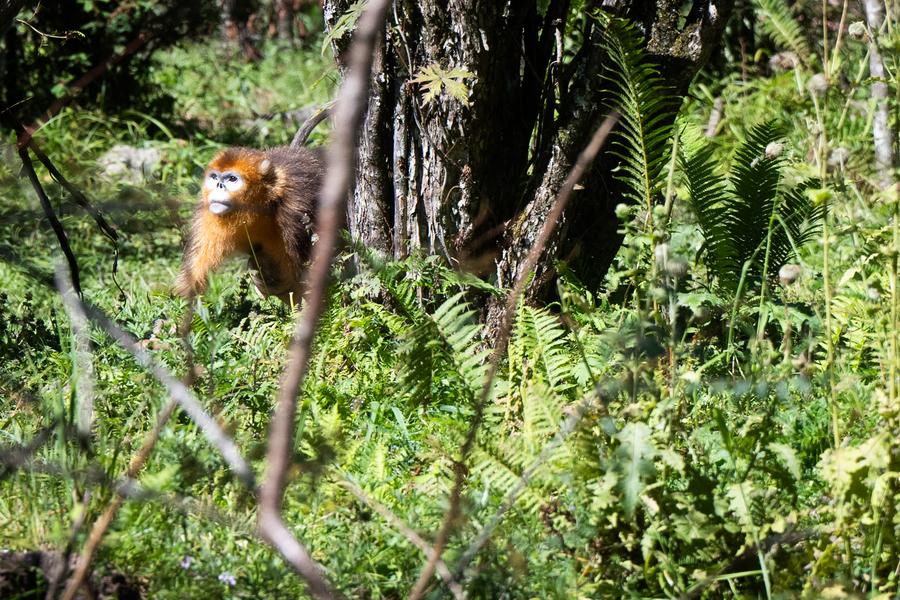
WUHAN - China has officially launched a major medical herb component database in Central China's Hubei province, which marked significant progress in technological innovation in the Traditional Chinese Medicine (TCM) sector.
Developed by the Hubei Shizhen Laboratory-led team, the pan-Shennongjia Herbs Multi-Omics Components Database (SHMC) is the largest of its kind in central China.
ALSO READ: Eating disorder patients make peace with their bodies
The SHMC transitioned herb studies "from experience-driven practice to science-led innovation" by creating a precise "digital portrait" for Central China's medicinal resources, said Wang Qi, director of Hubei Shizhen Laboratory, at the launch event on Sunday in Wuhan, provincial capital of Hubei.
The project fills regional research gaps while "injecting new momentum into global TCM advancement," he added.
Liu Yifei, head of the SHMC development team at Hubei Shizhen Laboratory, detailed the database's scale and capabilities.
READ MORE: Initiative calls for pediatric units at TCM hospitals
The SHMC, containing over 20 million entries, integrates information from ancient texts such as Shennong's Classic of Materia Medica and Compendium of Materia Medica, as well as current authoritative compendiums of traditional Chinese medicine, incorporating multi-omics data encompassing genomics, transcriptomics, metabolomics, and proteomics, said Liu.
It systematically catalogs commonly used medicinal resources in central China, compiling a comprehensive collection of species' natural components.
"This establishes a foundation for developing new TCM drugs and health products," Liu said.


